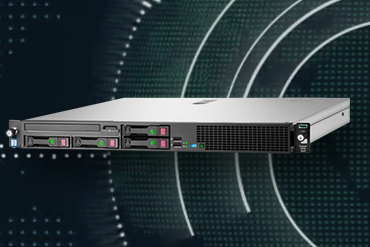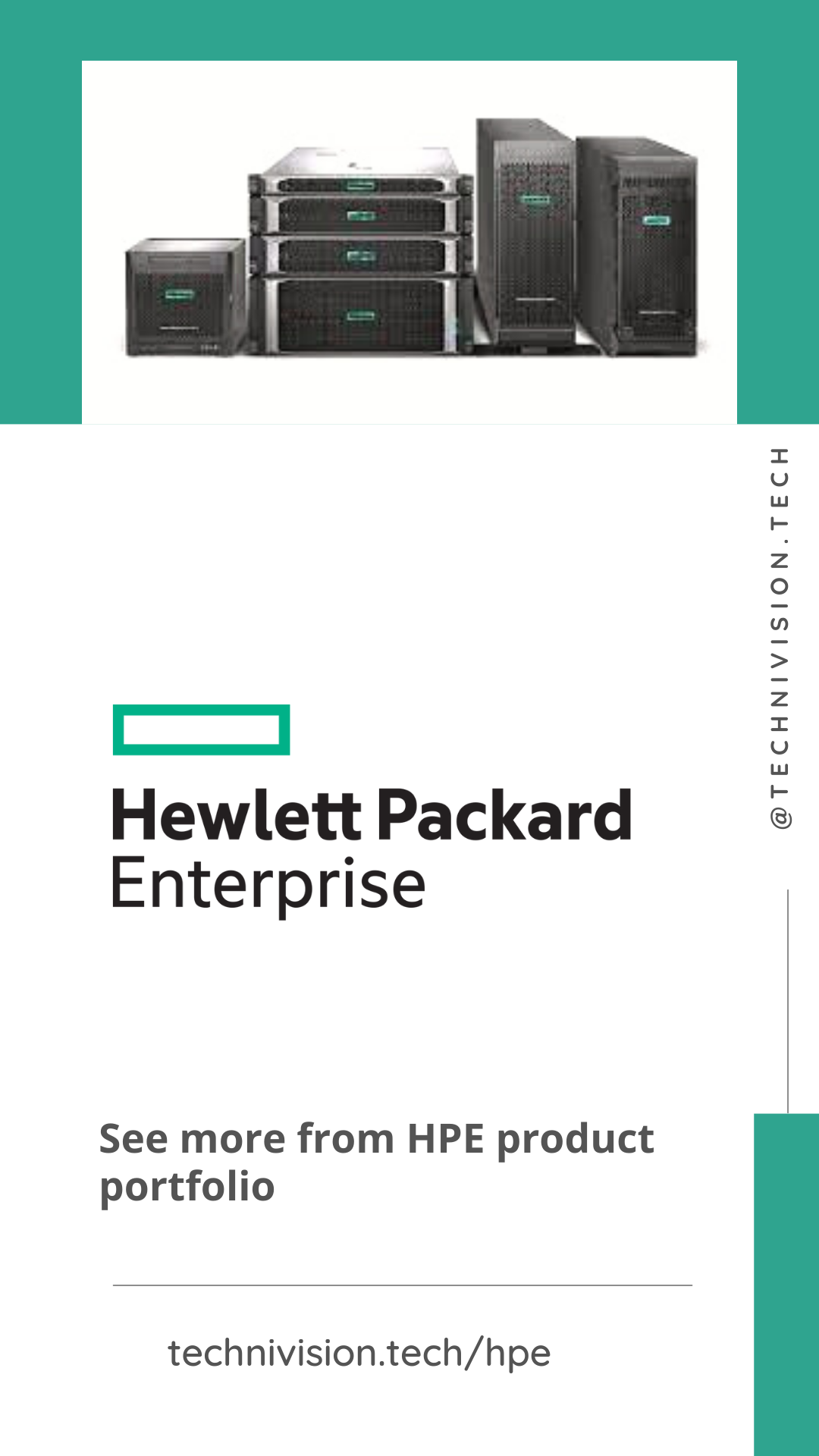STH reviews HPE DL20 Gen10

In a recent blog servethehome.com has reviewed HPE DL20 Gen10 server. The review covered the ins and outs of the server, starting from the chassis to system configuration and performance.
In this blog we will summarize the important points in the review, but if you want to read the full details you can check this link
Hardware
Chasis
The HPE DL20 Gen10 is a 1U short-depth server. Its focus is on the Intel Xeon E-2100 series processor platform which is optimized for cost. As a result of the platform’s technical capabilities, HPE can make the DL20 Gen10 a compact yet flexible system. The DL20 Gen10 is part of HPE’s broader portfolio of products. For example, if you wanted a tower Xeon E-2100 solution, you could choose the HPE ProLiant ML30 Gen10. We are going to evaluate the server hardware on the context of the market segment it plays in.
In the front of the server, we have six SFF 2.5″ drive bays. The top left drive bays are in the place of an optional optical drive. HPE also has a version of the DL20 Gen10 chassis with two LFF 3.5″ drive bays.
The rear of the unit shows several key features. Starting on the left side there is a dedicated iLO management port. We are going to cover iLO management later in this review. Other ports include a VGA port, a serial COM port, and two USB 3.0 ports for KVM cart hands-on access.
The two NICs are 1GbE networking which is appropriate for many of the dedicated web server and similar applications where network performance is not necessary. If you do want more network performance, the PCIe risers have two slots, a low profile x8 slot and a full height slot with a PCIe 3.0 x16 physical connector

Internal Components
HPE uses two 1U fans for redundancy and a passive heatsink on the CPU. HPE has a wide range of CPU options available for the ProLiant DL20 Gen10. There are also four DIMM slots. Current DDR4 ECC 2666MHz UDIMMs have maximum capacities of 16GB. In the near future, this will be up to 32GB per DIMM. Intel has stated that the Xeon E-2100 series will scale from a maximum of 64GB today to 128GB in 2019 when the DIMMs and firmware are available.
There is a fan that blows air from the storage bays to the PCIe expansion area. This photo gives a clear look at another aspect to the DL20 Gen10: the fans. In this chassis, the fans are made for relatively easy servicing, but they are not as easily hot-swappable as in higher-end servers. In this market segment, this is a standard design and HPE’s connectors are better than most.
HPE’s iLO 5 is built in. One can see the iLO BMC and its memory just above the PCIe header for the PCIe riser.
HPE ProLiant DL20 Gen10 Management Overview
Perhaps the feature that is going to be most important to the HPE ProLiant DL20 buyers is the iKVM management capabilities. This is the feature that allows for remote terminal access and also allows for remote media mounting. Without the iLO Advanced license, it is conspicuously absent on the HPE ProLiant DL20 Gen10. Instead one can use iKVM during POST and BIOS setup, but not once the server boots to the OS. But never the less HPE iLO 5 has some great features like:
- The ability to manage clusters of servers even without HPE Insight with features like iLO Federation. This is the type of feature that white box vendors, and even other large server vendors, do not have.
- The enhanced HPE iLO 5’s interface. Like the cool feature of 3D temperature graph that can help you diagnose hot spots in the server.
- iLO 5 can show firmware versions not just of the UEFI firmware and BMC firmware, but it can show the firmware revisions of the complete system. HPE has an easy manner to update this firmware from the management interface.
- HPE Remote Support integration which allows automated support for hardware failure and replacement. This is a feature white box vendors do not have, and only some of the large server vendors deliver.
Overall performance review:
Overall, the HPE ProLiant DL20 Gen10 performed admirably as well it should. This is one of, if not the premier short depth single-socket Intel Xeon E-2100 systems that will be launched with this generation. The build quality is excellent. You can see that the HPE ProLiant mechanical design and product management teams did a great job designing and easily serviceable system with a surprising amount of flexibility.
The three points that HPE should look at in future generations are:
- Offering iKVM as standard in this class of server while retaining an iLO Advanced upgrade for fleet management features HPE offers. This would take away one of the leading white box advantages in this segment. We realize this is a broader discussion that needs to happen within HPE.
- Making 80Plus Gold or better-rated power supplies standard. On a single system, this may have minor operating cost savings. On multiple systems, this may have rack density implications even at 120V / 15A or 20A racks. Still, we would like to see HPE make a commitment to energy efficiency in this space.
- Utilizing a motherboard design with 1-2 M.2 and a dedicated management port standard instead of using an additional riser to make the features optional. We urge our readers to start their configurations with the dedicated management NIC and M.2 card as part of their base configurations.
- Learn with SUPPLITY (3)
-
Articles
(35)
- Cyber Security (3)
- Tech Infrastructure (1)
- Internet of things (2)
- Cloud Solutions (1)
- Bigdata (1)
- HPE Greenlake (1)
- Digital Transformation (1)
- News & Events (11)
- GLOSSARY (0)








